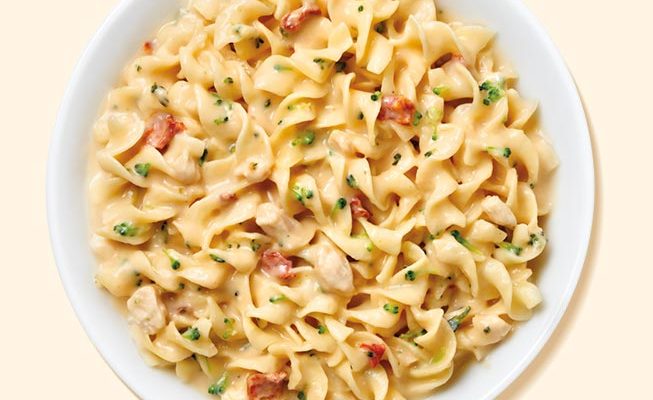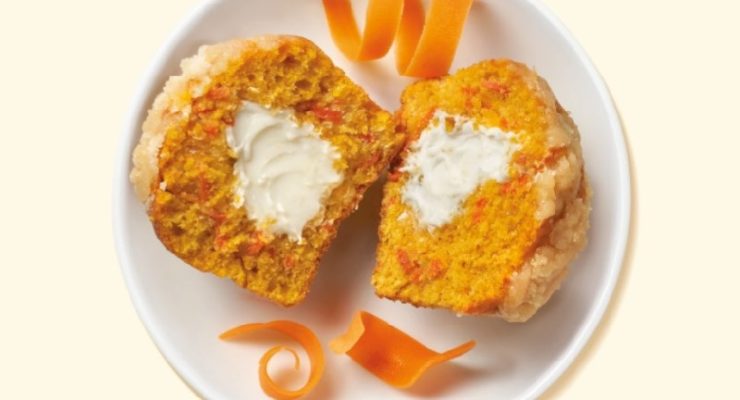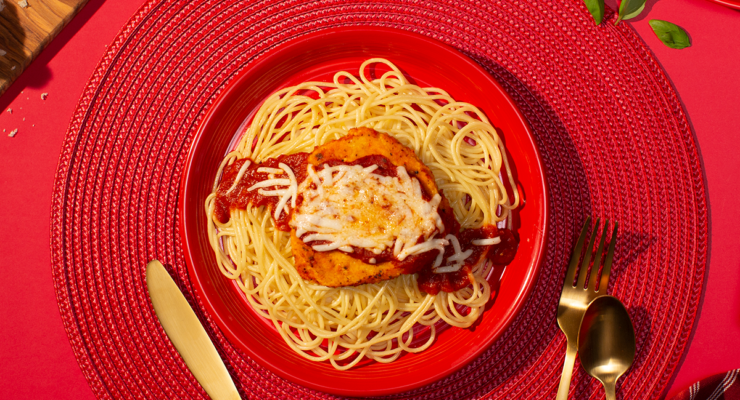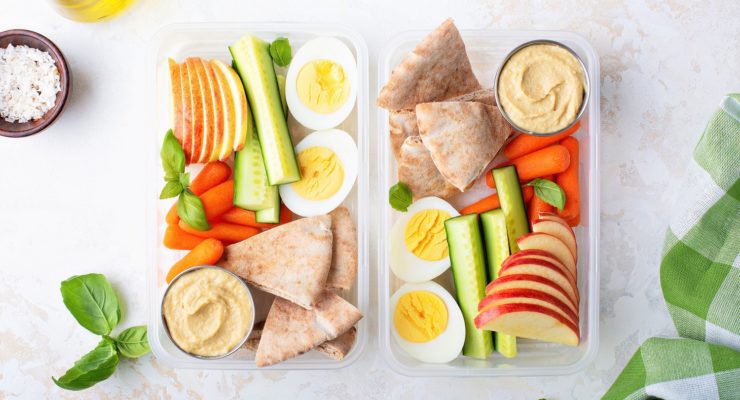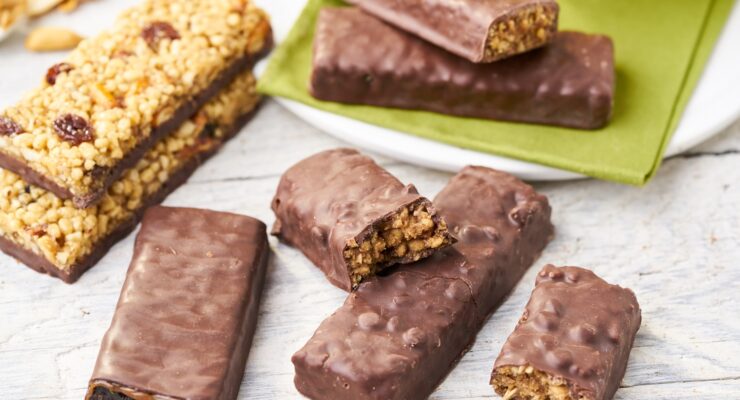Grocery Shopping 101: Your Guide to the Canned Goods Aisle
Article posted in: Nutrisystem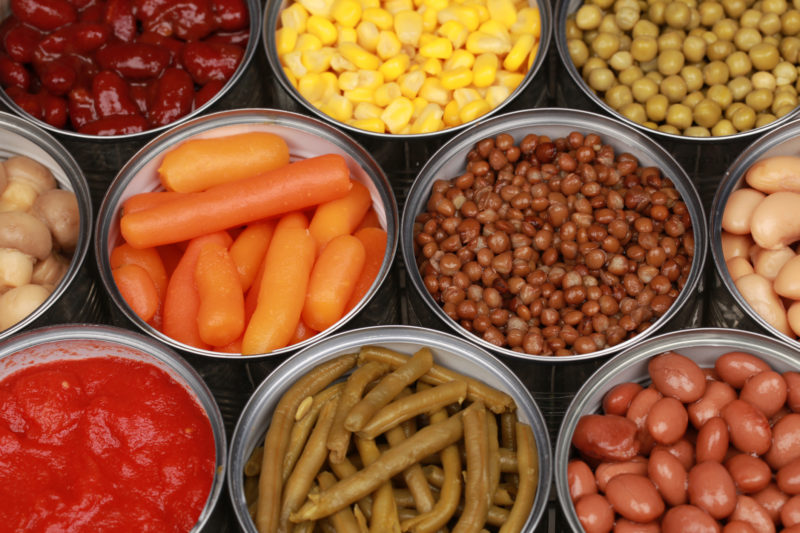
Healthy meals, like those on the Nutrisystem menu, are made from ingredients that are loaded with nutrients and keep calories, sugar, and sodium in check. When you shop and cook for yourself, you want the same kind of foundation: delicious real food that’s all good for you. The supermarket’s canned food aisle might not be the first place you think to look, but it’s lined with nutritious choices you can use to make great dishes that keep you on the path to your weight-loss goal. Before you buy, get to know what to look for to ensure you take the healthiest options.
BEANS
Kidney beans, lentils, chickpeas, and other legumes are high in protein and fiber, and they’re low in saturated fats and cholesterol. But beans can take a long time to cook, making it hard to include them in your meals when you don’t have a lot of time. Canned beans are ready to eat—just open, drain the liquid, rinse well, and enjoy. All types are nutrient-rich, but choose low-sodium varieties whenever possible.
Try: Add beans to salads and wraps for a quick punch of fiber To make a crunchy snack, spread rinsed chickpeas on a cooking sheet, season with chili powder to taste, and bake at 450 degrees F until crispy, about 30 minutes.
VEGETABLES
Today’s canned vegetables are much improved from the mushy peas and limp green beans so many of us grew up with. The quality and texture are closer to what you get from frozen vegetables (also healthy choices) and you have even more options, from artichokes and asparagus to beets and mushrooms. Canned vegetables are, like always, a great value, but go with the lowest sodium varieties available (look for varieties that state “no salt added” on the label).
Try: Canned veggies only need to be heated, so they’re a fast way to bump up the nutrients in omelets. Mix canned veggies into whole grain salads for extra flavor and color.
FRUIT
The season never ends for canned peaches, pears, cherries, and berries, along with tropical fruits like pineapple, mangos and Mandarin oranges. They’re a great value and there’s no waste or prep time. Canned fruit is easy to take with you—in fact, many types come in convenient single-serving sizes. Before you choose, check to see that you’re getting the type with no sugar added or that’s packed in 100 percent juice. Beware of any with syrup included.
Try: To make an easy, low-calorie sorbet, freeze canned peaches and pears overnight. Submerge the unopened frozen cans in very hot tap water for 1 minute, then remove the bottoms with a can opener. Carefully slice the frozen fruit into 2-inch chunks and place them in a food processor. Process until smooth. Fold 1 cup of yogurt into the fruit and enjoy right away.
SOUP
Heating up canned soup is a fast meal that can be very healthy. Many varieties are loaded with vegetables and beans or other kinds of lean protein. And portion control is simple. Vegetable-based soups, such as tomato or lentil, tend to be lower in calories than those with beef or chicken. In all cases, check the labels to find those with the least amount of sodium.
Try: Keep vegetable stock in your pantry and you can use it to make a quick homemade soup with canned or frozen veggies.
PASTA SAUCE
You can have a delicious, healthy dinner the whole family will love on the table in minutes with a box of whole-wheat pasta and a jar of pasta sauce. Just be sure to stick with tomato-based sauces rather than those made primarily with cheese, such as the Alfredo-style. Also beware of “vodka” sauce, which is made with heavy cream. Before you pick a tomato or marinara sauce, read the nutrition label: many varieties have more sweeteners added than a bowl of sugary kids’ cereal. You also want to get a sauce that’s low in sodium and made with heart-healthy olive oil rather than commonly used soybean oil.
Try: Blend a jar of chunky tomato sauce with cooked brown rice, quinoa, or other whole grains, then spoon mixture into bell peppers (red are more nutritious and sweeter-tasting than their green counterparts) with the tops and seed cavity removed. Bake at 350 degrees F for about 40 minutes, until peppers are softened.
FISH
Salmon, tuna, sardines, and anchovies are excellent PowerFuels, loaded with protein and healthy fats, including heart-protecting omega-3s. While fresh is best, canned varieties are handy—they’re ready to eat when you are—and they’re relatively inexpensive. Choose Alaskan pink salmon, sockeye, or red salmon, and albacore tuna packed in water, which are good for you and not so bad for the environment, either. Sardines and anchovies may come packed in oil, but select those with the fewest ingredients so you get all of the benefits of the fish without extra sodium or other additives.
Try: Chop sardines or anchovies and add them to pasta sauce for a kick of protein and a bit of saltiness. Mix tuna with salsa instead of mayonnaise and use it on sandwiches or on a bed of salad greens.




